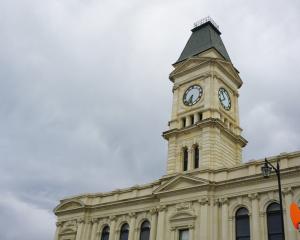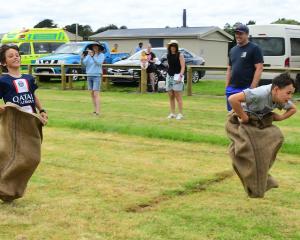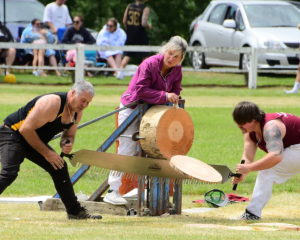
Among the small alterations is a nod to both Maori and European past.
The New Zealand Geographic Board Nga Pou Taunaha o Aotearoa is inviting submissions on proposals to change seven place names in Fiordland, including the highest point on Milford Track, Mackinnon Pass.
Named after the southern explorer Quintin McKinnon, the change is to reflect the correct spelling of his name.
However, the proposal acknowledged Maori first discovering the area, and sought to include ‘‘Omanui’’ in its name.
The dual name was in line with the board’s role in collecting and encouraging the use of original Maori place names.
Te Runanga o Ngai Tahu suggested it, and it can mean ‘‘the great running’’ or ‘‘the great escape’’.
Maori took in the wonders of Ata Whenua Fiordland hundreds of years before Europeans got there.
The website of Land Information New Zealand, under which the board exists, describes dual names as recognising the special historical and cultural significance to the community of both original Maori and non-Maori names.
This significance was explained to the board about 30 years ago in a booklet titled ‘‘Nga Tohu Pumahara, The Survey Pegs of the Past. Understanding Maori Place Names’’.
Written by Te Aue Davis, Sir Tipene O’Regan and John Wilson, it explained Pakeha names marked individual places and individual memories of parcels of history.
‘‘The meaning of many Maori names, though, can only be understood through their connection to other names and places.’’
Whole series of names belonged together in groups, commemorating journeys of exploration by an ancestor, the myth memory of how the land was made or a series of traditional events and people relationships.
It also addressed how Maori names reminded people of New Zealand’s ‘‘older past’’.
Referencing a 1990 newspaper article that said the Spanish who first explored Patea Doubtful Sound, the booklet authors said it was interesting to note that 1793 visit.
‘‘But to claim the Spanish were the first to explore the sound demeans the Maori who actually were the first to explore it.’’
There were even more interesting stories the author could have told if they had looked at the wealth of Maori names that were known, the authors said.
Once official, place names must be used in all official documents, road signs, maps, websites and databases.
Four mountain/peak names and one other pass name are included in the changes, and involve some movement to proper locations.
Other misspellings were Mt Mahere, which would become Mt Makere, and Waitiri Peak would become Whaitiri.
The board recognised place names as important signposts of modern, historical and cultural influences and values of the people who gave them, as well as for everyday communications and emergency response.
Otago Daily Times journalist Malcolm Ross wrote of Mr McKinnon several times, and in a piece in 1893 he spoke of his friend’s vanishing.
‘‘The wild West Coast has claimed another life, and the great cold lakes that stretch their arms westward towards the Sounds are slowly making for themselves a melancholy history.
‘‘Enthusiastic Mainwaring Brown, hardy — one might almost say foolhardy — William Quill, are of the past, and now sturdy, kind-hearted Quintin McKinnon has followed them hence.’’
The board will accept submissions on the proposed changes in the Darran Mountains until September 30 and on the Lake McKinnon and Omanui/McKinnon Pass proposals until November 30.












